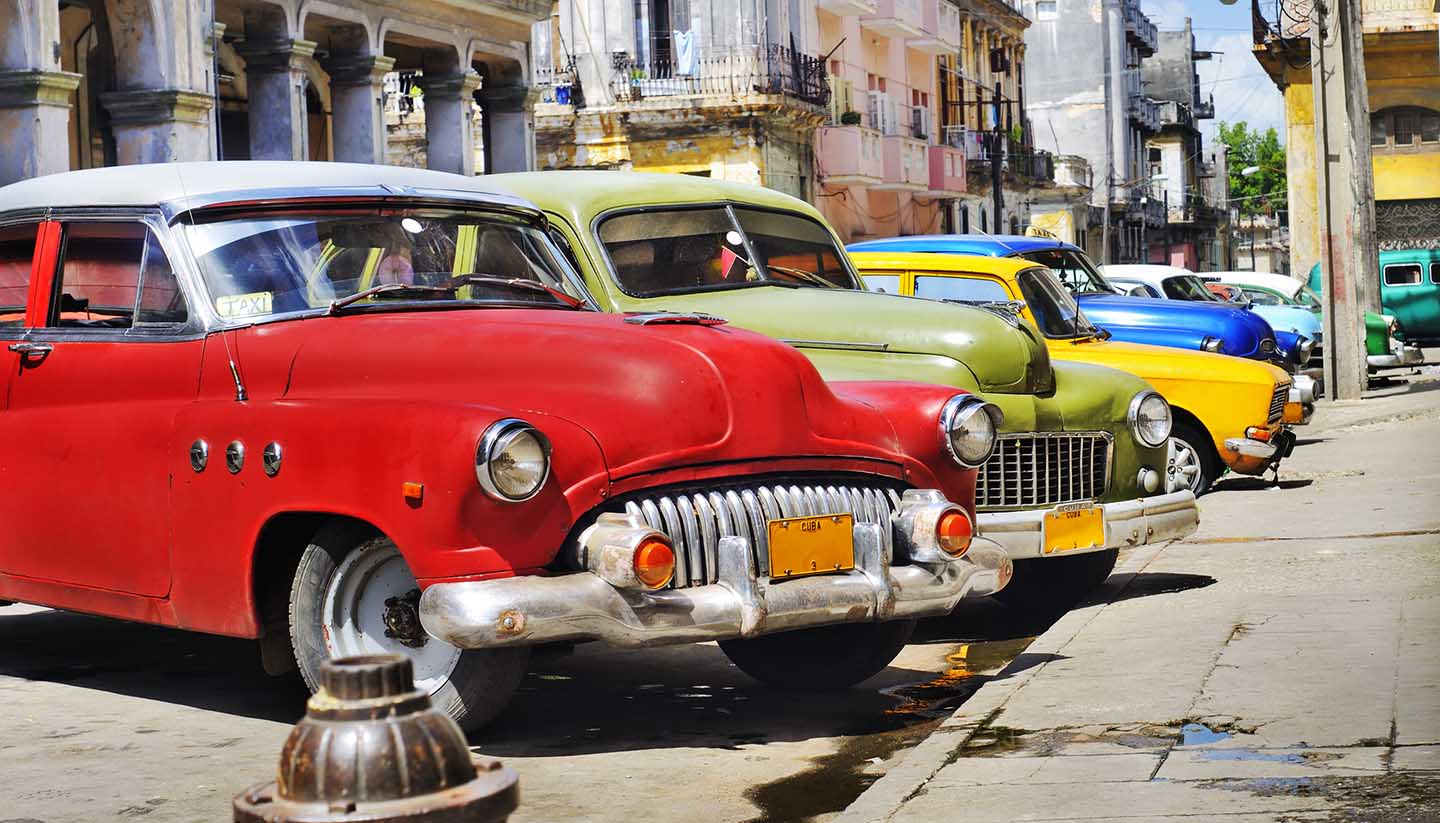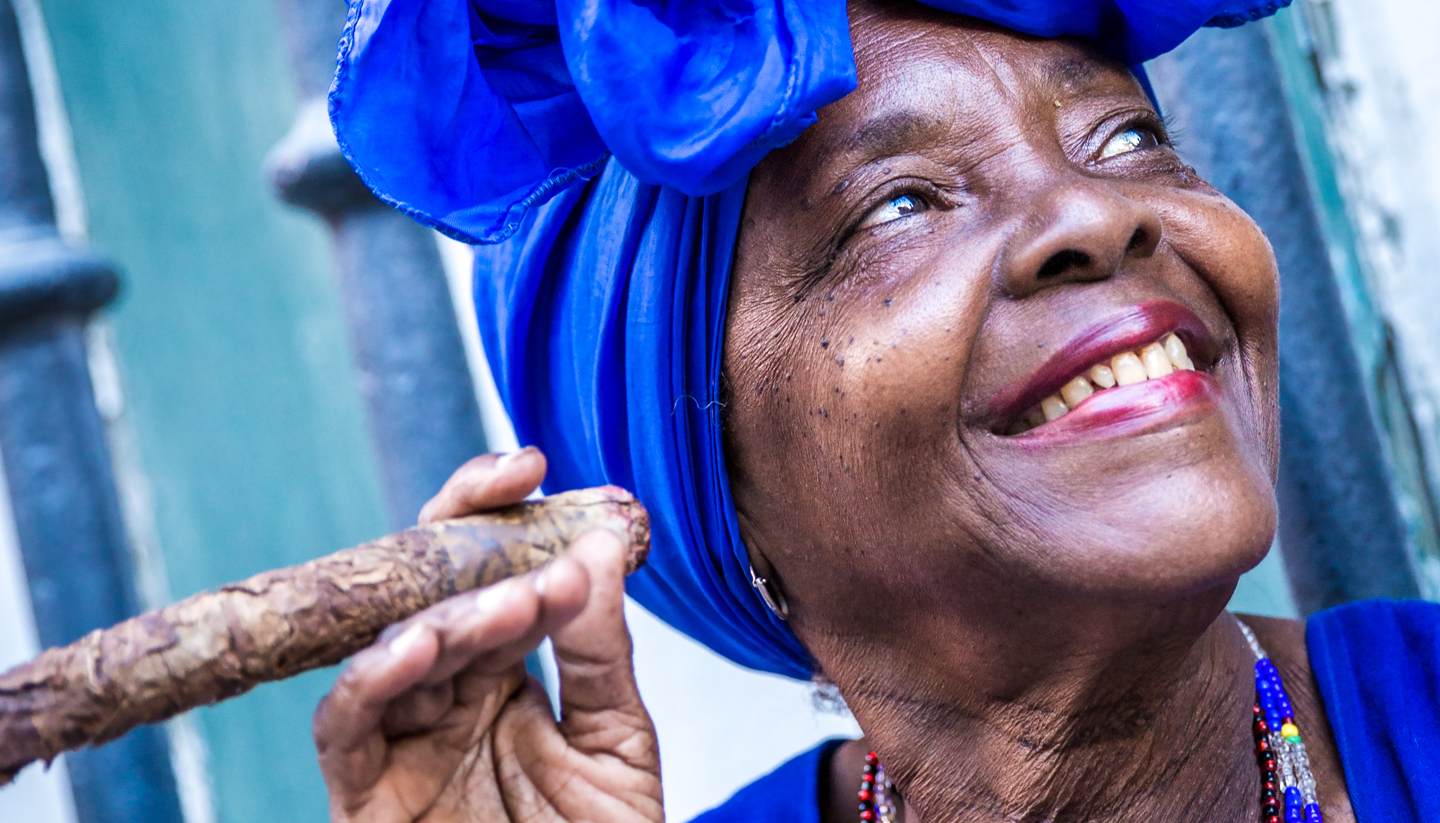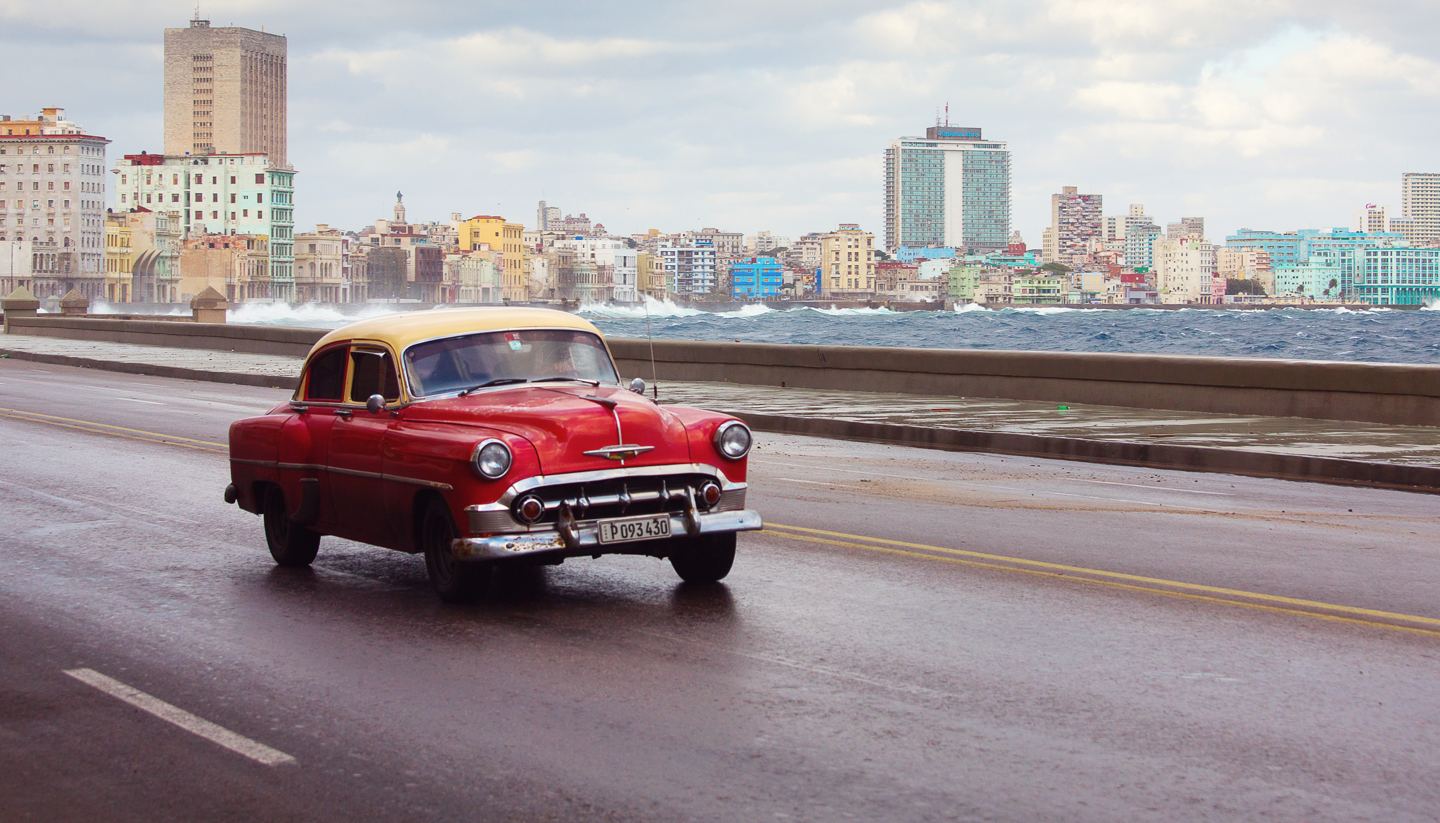Havana Travel Guide
About Havana
Among the most dynamic and vibrant spots in the region, Havana pulsates with all the art, music, tropical sensuality and bustle that befits the largest capital city in the Caribbean.
Famously a riotous medley of laughter, politics, culture, and poverty, contemporary Cuba is going through unprecedented changes. The withdrawal of the late Fidel Castro from politics in 2008, and the arrival of his more open-minded brother Raúl, has seen economic and political reforms that have even resulted in the lifting of some US sanctions.
The ground-breaking transformations, known in Spanish as lineamientos, have introduced a modicum of modernity into daily life, and are akin to a revolution within the revolution. Today’s Havana may temper radical fervour with a craving for hard cash, but the city remains true to its heart, its passion permeating its steamy alleys and salt-sprayed sidewalks.
The UNESCO World Heritage-listed Habana Vieja (Old Havana) is the best-preserved colonial centre in the Americas, and its exquisite architecture is a top draw for photographers, artists and musicians looking for inspiration.
Taking a stroll through shady plazas to the world famous Malecón, with no specific goal beyond a minty mojito, feels like stepping back in time – until you note the iPhone-toting teens, sporty motorcycles built for speed and street entertainers.
But despite a UNESCO-funded restoration programme, Habana Vieja is falling apart, and you also may encounter the jarring sight of a brightly painted, restored house sitting alongside something crumbling and no longer habitable. Wandering outside the historic core guarantees an eye-opening look at the daily struggle faced by many families. Perennial problems including insufficient housing, low salaries, outdated infrastructure, and resource scarcity all continue to plague the country.
Yet Havana has an undeniable charm and a unique character. Even the worldliest travellers can suffer a degree of culture shock in a city where Al Capone-era cars cruise alongside late-model Audis, and children in pressed uniforms skip to school. Contradictions are rife, but trumped by a live-for-the-moment attitude embodied in Cuba’s ubiquitous rhythms.




